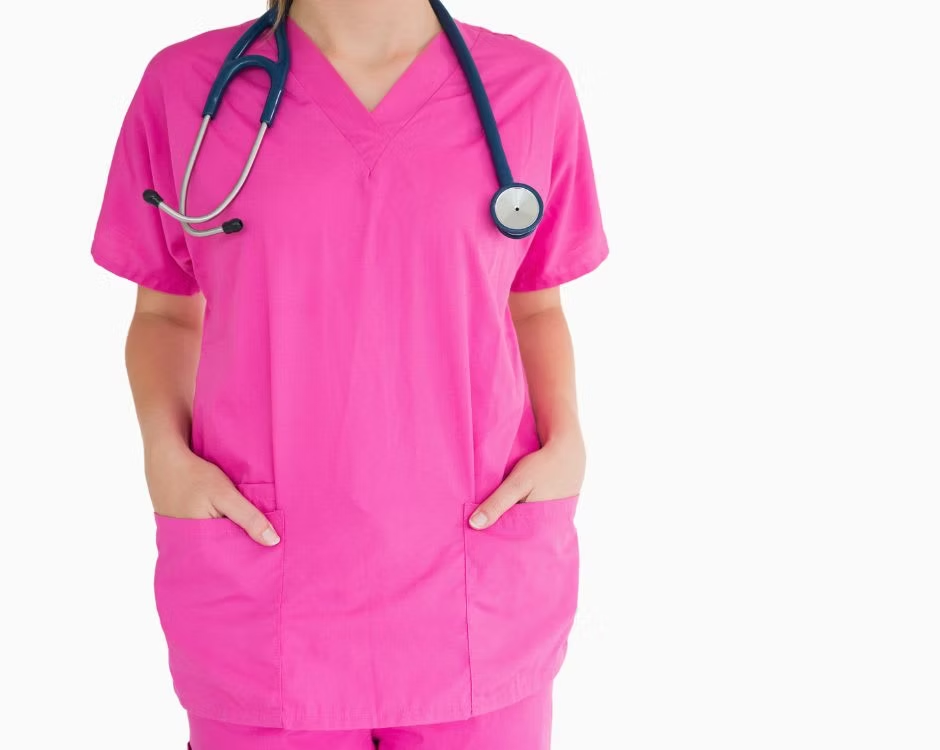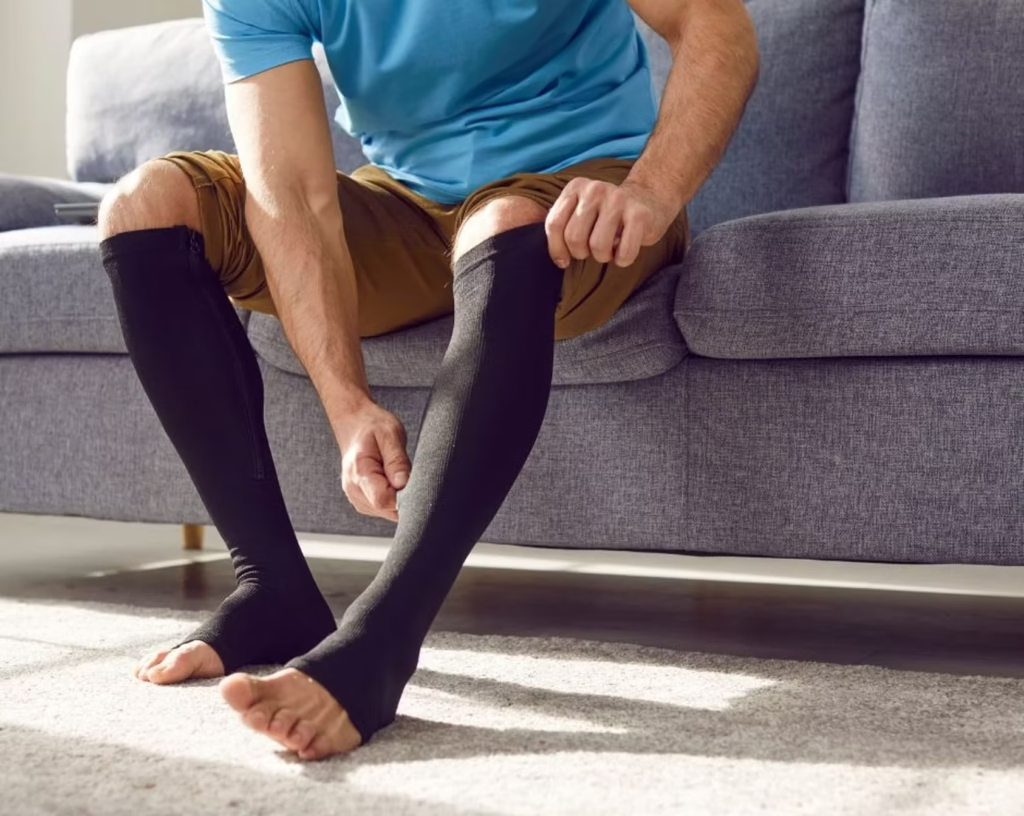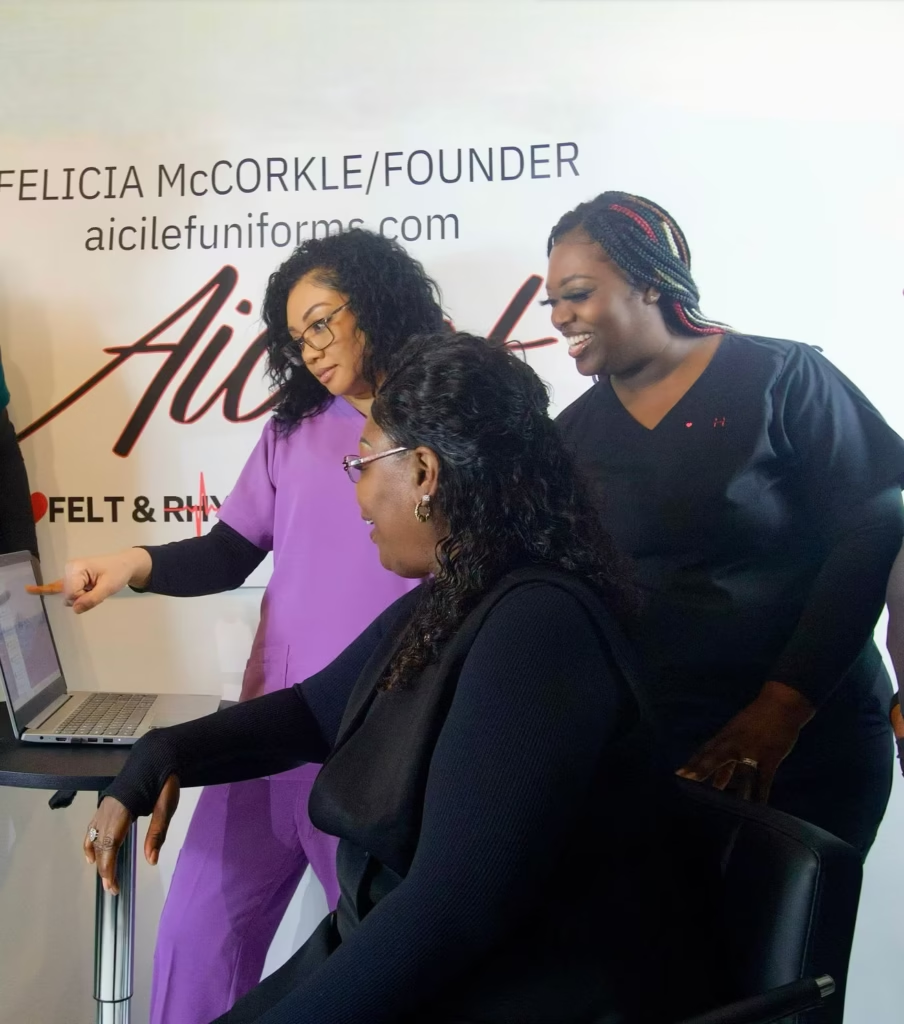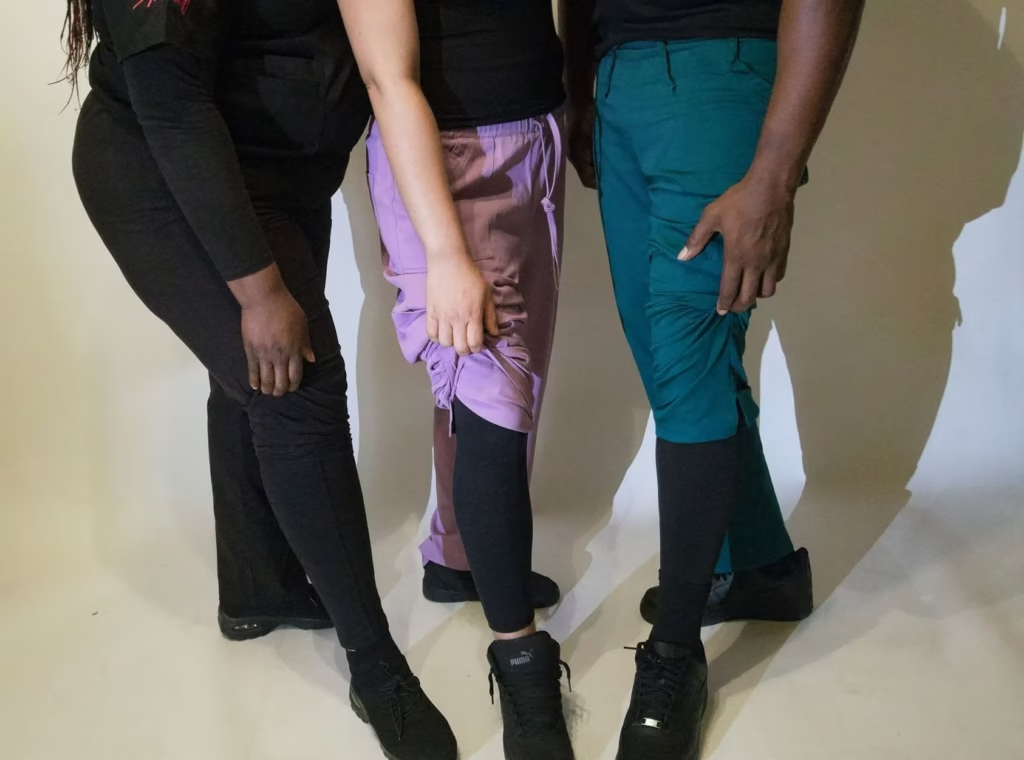How Can Nurses Stay Safe in the Face of Workplace Violence?
Healthcare environments present unpredictable challenges that affect the well-being of professionals during their demanding shifts. Incidents of aggressive behavior and unexpected confrontations place significant strain on physical health and mental resilience. Many staff members experience disruptions that reduce work performance and overall comfort. We explore various factors, personal effects, training approaches, policy changes, and cooperative efforts that contribute to safer conditions. It offers practical insights for managing risks, improving reporting, and adopting innovative safety tactics. These measures help create a supportive work atmosphere where nurses can perform confidently despite frequent obstacles. This guidance aims to empower and protect staff. Examining the Challenge Healthcare settings face increasing incidents that test the limits of staff resilience. Risk factors, unpredictable behavior, and environmental triggers combine to create hazardous conditions. Recognizing these dangers is the first step toward mitigating threats. This section outlines primary challenges encountered during shifts, highlighting factors that contribute to unsafe situations and emphasizing the need for proactive safety measures for immediate action. 1. Identifying Key Risks Staff encounter unpredictable actions that heighten risk during routine duties. Incidents arise unexpectedly from patients or visitors, challenging established protocols. Physical environments, overcrowded spaces, and insufficient security measures further increase exposure. Recognizing early signs of conflict enables timely responses. Effective risk identification lays the groundwork for strategies aimed at reducing hazardous encounters and safeguarding healthcare professionals to make sure staff safety. 2. Assessing Environmental Triggers Various environmental factors contribute to escalating tensions. Overcrowded waiting areas, inadequate lighting, and poorly designed layouts can provoke stress and conflict. Such triggers often go unnoticed until they culminate in disruptive events. Careful examination of physical settings reveals opportunities for improvement. Adjustments to facility design and organization can significantly reduce the likelihood of confrontations arising unexpectedly during patient interactions today. 3. Spotting Early Warning Signs Recognizing subtle indicators of escalating behavior can prevent dangerous outcomes. Minor shifts in tone, body language, and facial expressions often signal impending conflicts. Training to observe these early warning signs is key for prompt intervention. Awareness of behavioral changes allows staff to prepare responses swiftly. Such observations contribute to minimizing risks and maintaining a safer work environment on every shift. Impact on Healthcare Staff Workplace incidents affect staff on multiple levels. Physical injuries, emotional stress, and disrupted work routines combine to lower performance and morale. Exposure to aggression leads to consequences that hinder both personal and professional progress. This section examines the various impacts experienced by healthcare workers, highlighting the challenges they face and the need for effective measures to address these adverse effects. 1. Physical Repercussions Confrontations in healthcare settings often result in injuries ranging from minor cuts to severe trauma. Such physical repercussions hinder staff ability to perform important tasks and may require extended recovery periods. Prompt medical attention is necessary following aggressive encounters. Recognizing these outcomes underscores the importance of proactive safety measures designed to reduce physical harm during unpredictable incidents for all staff. 2. Emotional and Mental Strain Repeated exposure to aggression often causes significant emotional and mental strain among staff. Feelings of anxiety, frustration, and demotivation arise after aggressive encounters. Such stress impacts daily performance and overall well-being. Support systems, including counseling and peer discussions, are critical for recovery. Recognizing and addressing emotional burdens can help maintain a more balanced work environment despite ongoing challenges for staff. 3. Effects on Work Performance Incidents of aggression disrupt routine operations and reduce overall productivity. Staff may experience decreased concentration, slower decision-making, and lowered morale following confrontations. The resulting impact on work performance can affect patient care quality and operational efficiency. Addressing these issues through targeted measures ensures that staff are better prepared to manage disruptions and maintain consistent performance throughout their shifts without compromise. Preventive Training and Safety Tactics Training programs offer practical methods to handle unexpected confrontations in healthcare settings. Educative sessions provide staff with techniques to reduce escalation and maintain order during stressful situations. Such preparation helps staff react calmly when incidents arise, contributing to a safer environment. This section outlines training approaches that improve readiness, simulate challenges, and refresh key tactics used during critical incidents today. 1. Skill Development Sessions Interactive sessions focus on developing techniques that help manage confrontations effectively. Staff practice responses during simulated scenarios to build confidence. Role-playing exercises emphasize clear communication and de-escalation methods. These sessions provide practical experience that prepares workers for sudden incidents. Regular training sessions support consistent readiness and contribute to reducing the impact of aggressive encounters in busy healthcare environments each day. 2. Response Drills and Simulations Regular drills simulate challenging scenarios that require prompt and measured responses. Exercises cover various conflict situations, enabling staff to practice quick decision-making under pressure. Simulated incidents provide a controlled setting for rehearsing safety protocols. These drills help familiarize teams with response procedures and improve coordination when unexpected events occur, ensuring that every participant gains practical experience and readiness without delay. 3. Periodic Workshops Workshops provide refresher sessions on safety techniques and risk management. These interactive gatherings offer hands-on practice and updates on emerging protocols. Participants engage in discussions and exercises that reinforce learned methods. Such sessions allow teams to share insights and adjust approaches based on recent experiences. Regular workshops maintain a steady level of preparedness among staff across various departments every session. Institutional Measures and Protective Programs Organizations implement structured measures to safeguard staff in high-risk situations. Updated protocols, reporting systems, and support frameworks contribute to safer work settings. By addressing potential threats through policy reforms and technological improvements, institutions create environments that reduce risks. This section examines measures designed to record incidents, offer support, and modify procedures for the protection of healthcare workers in our facilities. 1. Reporting and Documentation Effective reporting systems document incidents and provide data for risk assessment. Detailed records help identify trends and inform policy updates. Standardized documentation protocols guarantee that every event is logged accurately. These records support ongoing improvements in safety measures and offer accountability for responses to aggressive encounters. Consistent documentation contributes to a transparent process that staff can trust in all situations. 2.









